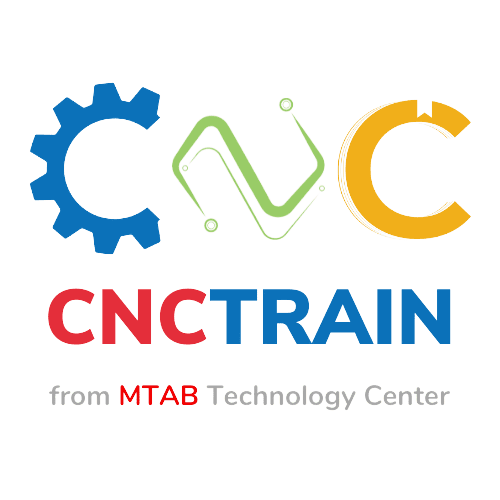Introduction
It is well-known that the dependency on robots is rapidly increasing day by day in many industries like automotive, manufacturing, health care, food production, agriculture, military, etc. Robotics in the classroom have gained traction around the world, owing to their positive contributions to science, technology, engineering, and mathematics. Robots make our work easy. That is why we use robots in many industries. They increase productivity, save time, increase the efficiency of work, handle repetitive work, etc. Apart from this, when it comes to the education sector, robotics and simulation can change the way students learn and ultimately create more knowledgeable and well-adjusted students. Robotics in the classroom allow students with special needs to achieve new levels of learning. Various robotics packages are available in the education industry that allow users/students to build and program robots. Bricks, wiring, sensors, and visual programming software are generally included in these sets.
Here, I will tell you about Robotic.
About Robotics
Robotics is the branch of computer science and engineering that deals with the creation, maintenance, and use of robots. A robot is a multipurpose manipulator that can be reprogrammed to conduct a variety of tasks by manipulating objects, tools, or specialized equipment using a variety of programmed motions. Robots are automated machines that can help humans in a range of situations, ranging from production to working in hazardous environments. Robotics' main aim is to accomplish a variety of tasks by creating mechanical systems that are capable of completing the intelligently. Students learn about computer graphics, gadgetry, mobile robot programming, robotic motion methods, mathematical algorithms, social consequences of technology, and more while studying robotics.Students obtain skills that include quantitative thinking as well as creative vision, also studying specialized methodologies. Robotics will train specialists in areas such as technology design, programming, machine repair and installation, among other examples.
Evolution of Robots
Tremendous improvements over the last year have opened a new chapter in the interaction between humans and robots
In 1495, Leonardo Da Vinci drew plans for a robotic knight to entertain audiences and deigned a robot operated by pulleys, cables and gear.
In 1737, Jacques de Vaucanson designed "The digesting duck".
In 1810, Friedrich Kautmann created the humanoid robot.
In 1941,Issac Asimov coined the word "Robotics".
History of Robots
History of Robotics divided into four generations
First generation Robot (1950's -1960's)- Gorge Devol designed first programmable robot and gave the term Universal Automation in 1954.
Second generation Robot (1970's)- Unimtion developed the Puma (Programmable universal machine for Assembly) robot with the help of General Motors design support in 1978.
Third generation Robot (1980's)-During the third generation, the robot experienced a phase of rapid growth.
Fourth generation Robot (1995- Present)- Emerging applications in small robotics and mobile robots drives a second growth for research and start-up companies. The fourth-generation robots include IROBOTS, Robot Surgeon, Co-bot, IBM Watson, Robonaut 2 and Humanoid Robots.
Laws of Robotics (Asimov's Laws)
A robot may not harm a human or, through inaction, allow a human to come to harm.
A robot must obey the orders given by human beings, except when such orders
conflict with First Law .
3. A robot must protect its own existence as long as its does not conflict with the First and Second.
Uses of Robots
We used robots when jobs that is dangerous for humans.
Robots are also used for repetitive tasks that would be difficult, boring, or labour-intensive for humans.
Robotics are typically utilized in the manufacturing sector to fabricate, finish, transfer, and assemble products.
Applications of Robots
Industrial Robots
Domestic and House-hold Robots.
Medical Robots
Service Robots
Military Robots
Entertainment Robots
Space Robots
Hobby and Competition Robots.
Conclusion
It is well-known that, dependency on robots is increasing day by day. Robotics is the need of the hour in many fields. If you belong to the mechanical and robotics engineering field and you want to start a career in this field. Abhyaz offers a skill development program as well as an internship program where you can obtain more hands-on experience.
FAQs
Q1. Why is robotics important in the future?
Ans. Machines and robots with the ability to learn could have an even wider range of uses. Robots that can adapt to their surroundings, learn new procedures, and change their behaviour in the future will be better suited to more complicated and dynamic activities. Robots have the potential to improve our lives in the long run.
Q2. How industrial robots increase productivity?
Ans. On almost every manufacturing line, industrial robots help to boost productivity and efficiency. They complete the same activity again and over again with no breaks. Industrial robots can operate at peak performance 24 hours a day, resulting in a significant improvement in productivity.
Q3. What do you understand by "humanoid robot"?
Ans. Humanoid robots are professional service robots that move and interact like humans. They add value, like all service robots, by automating duties in a way that saves money and increases productivity.
Q4. Does the Abhyaz platform provide training for Robotics?
Ans. Yes, Abhyaz provides training as well as internships to obtain more experience.
